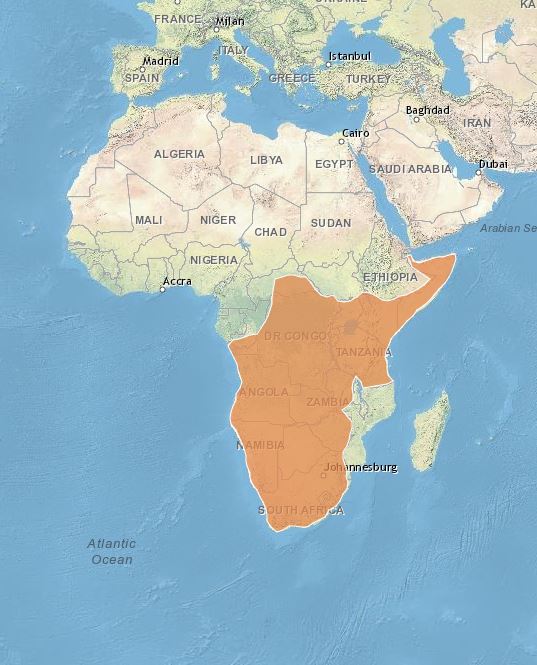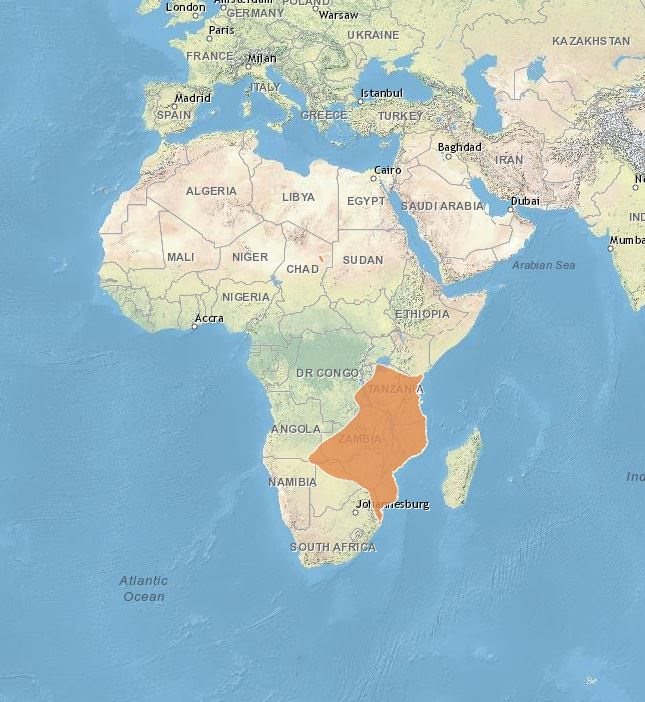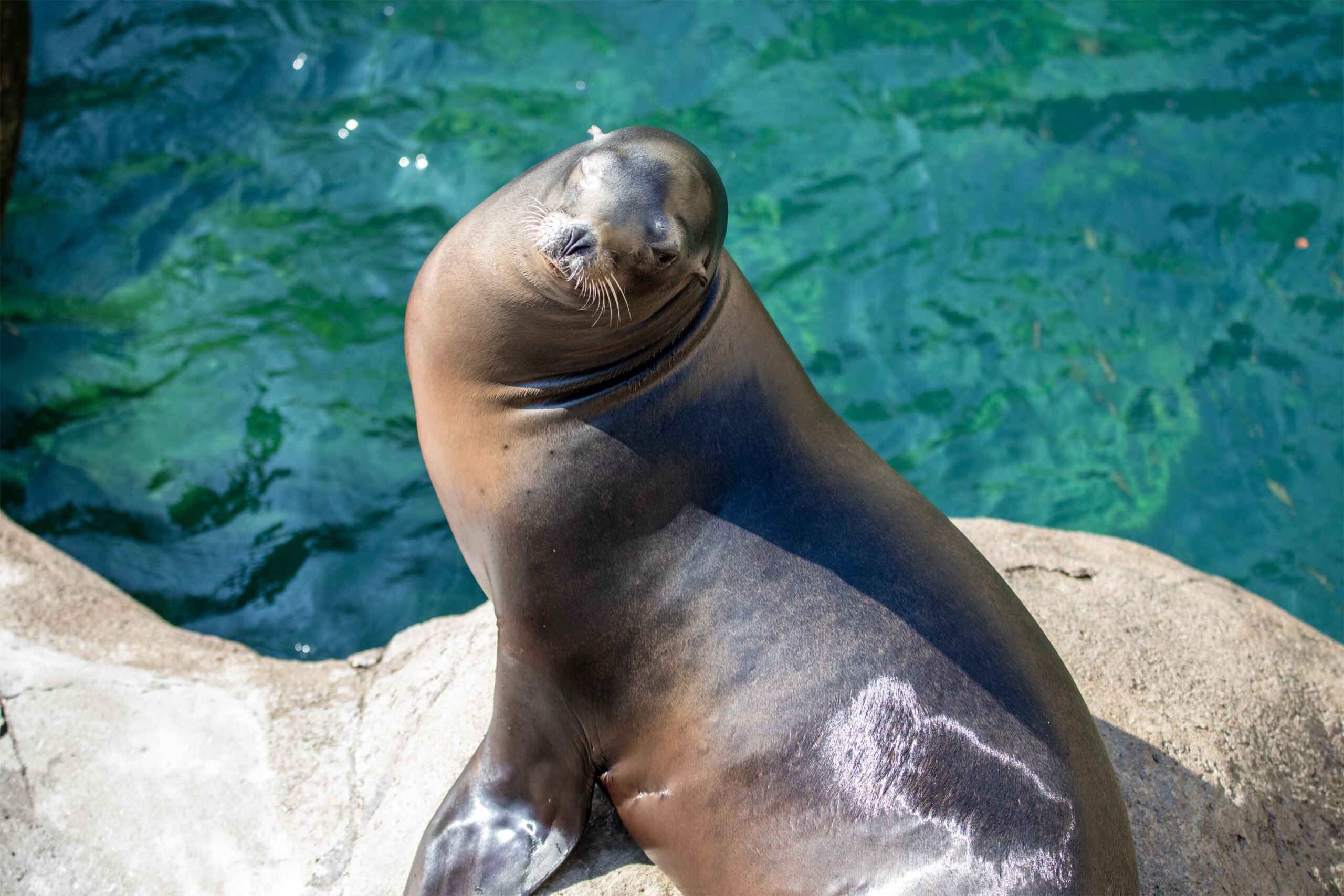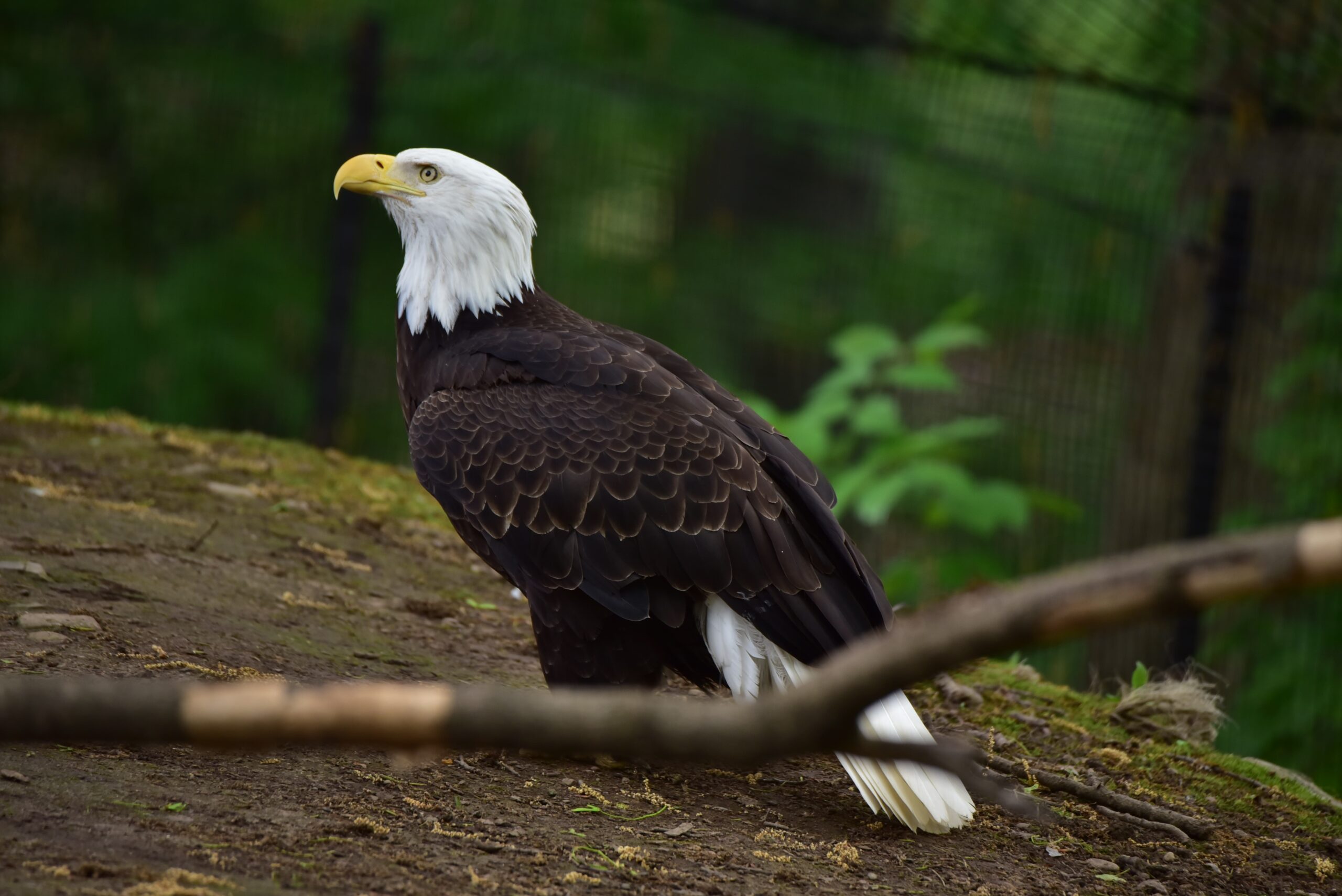Masai Giraffe
Seneca Park Zoo is home to five Masai giraffes, two females Iggy, and Kura, and three males, Olmsted (Olmy), Elliot, and JD. Their habitat is north of the elephant barn in the Animals of the Savanna area. Iggy was born on June 4, 2017 at the Virginia Zoo and arrived at Seneca Park Zoo in August 2018. Iggy had her first calf, male Olmsted, on April 29, 2022, and second, Pippi born in December 2023. JD came to us from The Wilds Safari Park in October 2023 and was born in September 2021. Elliot and Kura came to us from the San Diego Safari Park in 2024
Animal Facts
Diet
Giraffes are herbivorous, browsing mainly on leaves and buds from trees and shrubs, especially the acacia tree.
Status in The Wild
- Endangered
International Union for Conservation of Nature (IUCN) Red List status
Masai giraffe are found in savannas and open woodlands throughout southern Kenya and much of Tanzania.
Endangered due to scattered and fragmented populations that have resulted from poaching, habitat loss, and human encroachment.


More Animals From Africa






African Bullfrog (Ambassador Animal)






African Bush Viper






African Elephant






African Lion






African Penguin






Ball Python (Ambassador Animal)






Buffalo Weaver
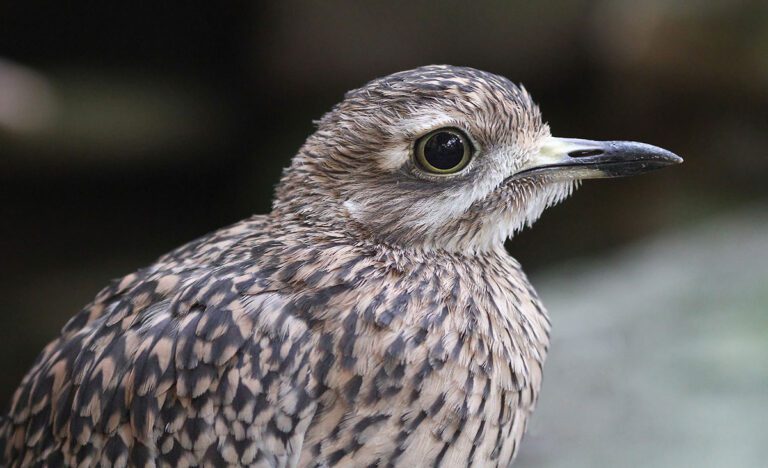





Cape Thick-Knee






Congo African Grey Parrot (Ambassador Animal)






Domestic Rabbit (Ambassador Animal)






Dumeril’s Ground Boa (Ambassador Animal)






East African Spiny-Tailed Lizard






Giant African Millipede (Ambassador Animal)






Giant Day Gecko






Golden-Breasted Starling






Great Plated Lizard






Henkel’s Leaf-Tailed Gecko






Kenyan Sand Boa (Ambassador Animal)
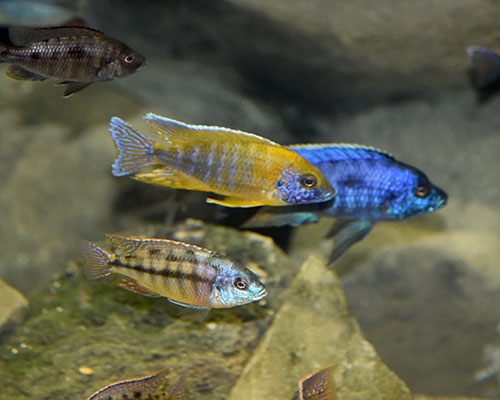





Lake Malawi Cichlids






Madagascar Hissing Cockroach (Ambassador Animal)






Madagascar Tree Boa (Ambassador Animal)






Masai Giraffe






Mombasa Golden Starburst Tarantula
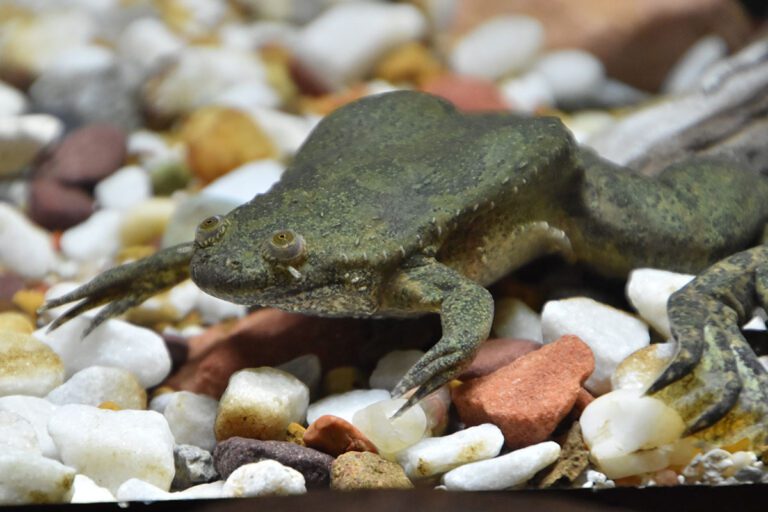





Mueller’s Clawed Frog






Naked Mole Rat






Olive Baboon






Pancake Tortoise (Ambassador Animal)






Plains Zebra






Ring-neck Parakeet (Ambassador Animal)






Speckled Mousebird






Superb Starling






Taveta Golden Weaver









